Ever had that heart-stopping moment on the road?
Whether it’s a close call or an actual bump, car accidents are a part of driving we all hope to avoid.
But when they do happen, the Brits have a whole dictionary of terms to describe every type of mishap, from the minor prangs to the full-on smashes.
In this guide, we’re diving into some of the most common British slang for car crashes.
You’ll learn the difference between a “shunt” and a “T-bone,” and why being “rear-ended” might not be as funny as it sounds.
So buckle up, and let’s explore the colorful language of British roads.
Let’s get started!
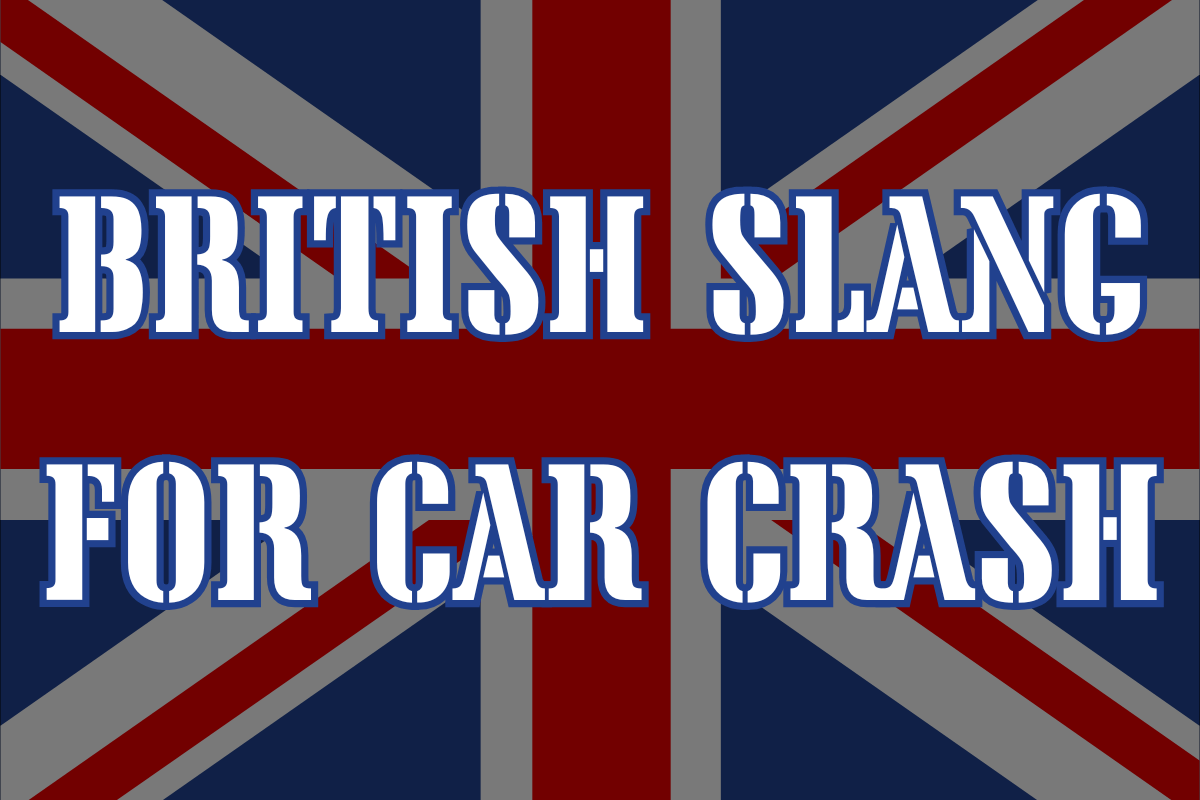
British Slang For Car Crash
Accident

An “accident” is a broad term that covers any unintended event leading to damage or injury.
In the context of driving, it refers to any situation where vehicles collide or someone gets hurt due to unforeseen circumstances.
It’s a neutral term that doesn’t specify the severity of the incident, covering everything from minor scrapes to major collisions.
Examples in sentences:
- “The icy roads caused an accident on the highway this morning.”
- “Despite the heavy traffic, we managed to avoid an accident.”
- “The accident at the roundabout caused a huge traffic jam.”
- “Luckily, no one was hurt in the car accident.”
- “The police are investigating the cause of the accident.”
Bump
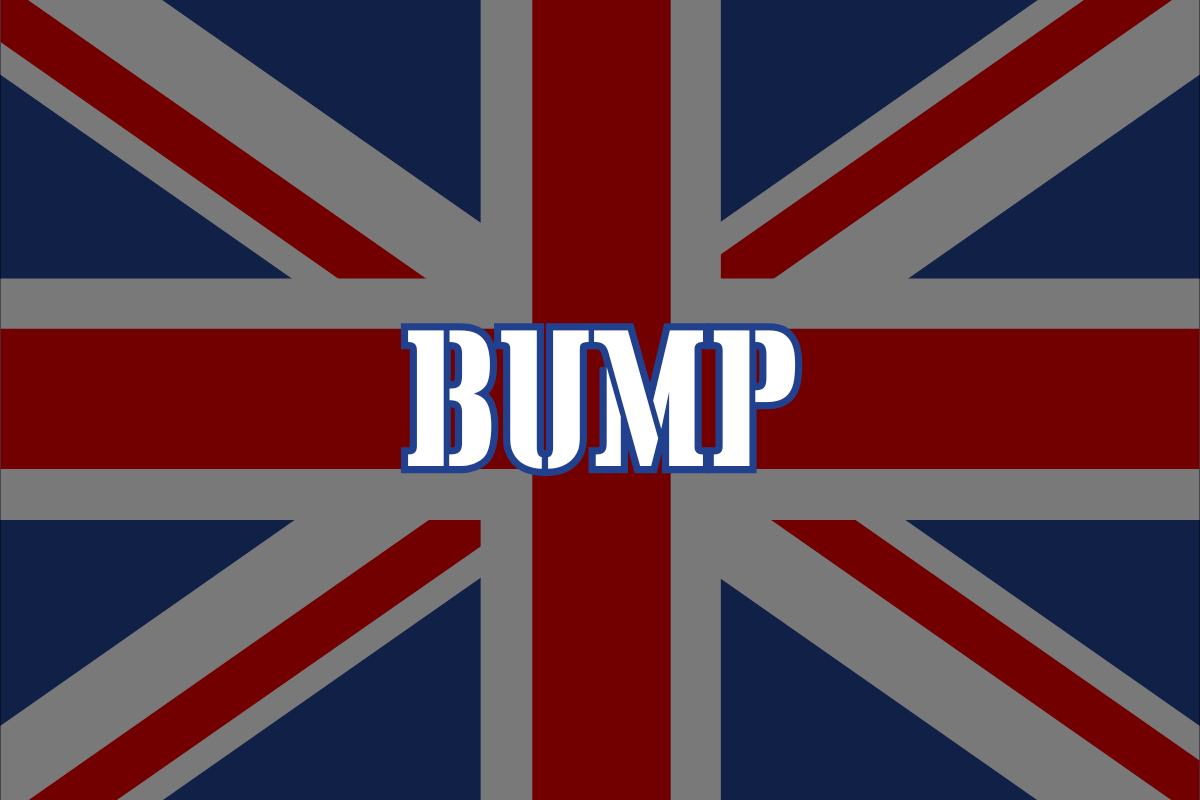
“Bump” in British slang often refers to a minor collision, typically involving vehicles.
It suggests a low-impact incident that might not cause significant damage or injury.
The term is used colloquially to downplay the severity of the crash, implying that it was more of an inconvenience than a disaster.
Examples in sentences:
- “I got into a little bump with another car in the parking lot.”
- “There was a slight bump when the two cars touched bumpers.”
- “Sorry for the bump; I didn’t see your car behind me.”
- “The bump caused a small dent in her car’s rear bumper.”
- “They exchanged insurance details after the bump.”
Collision
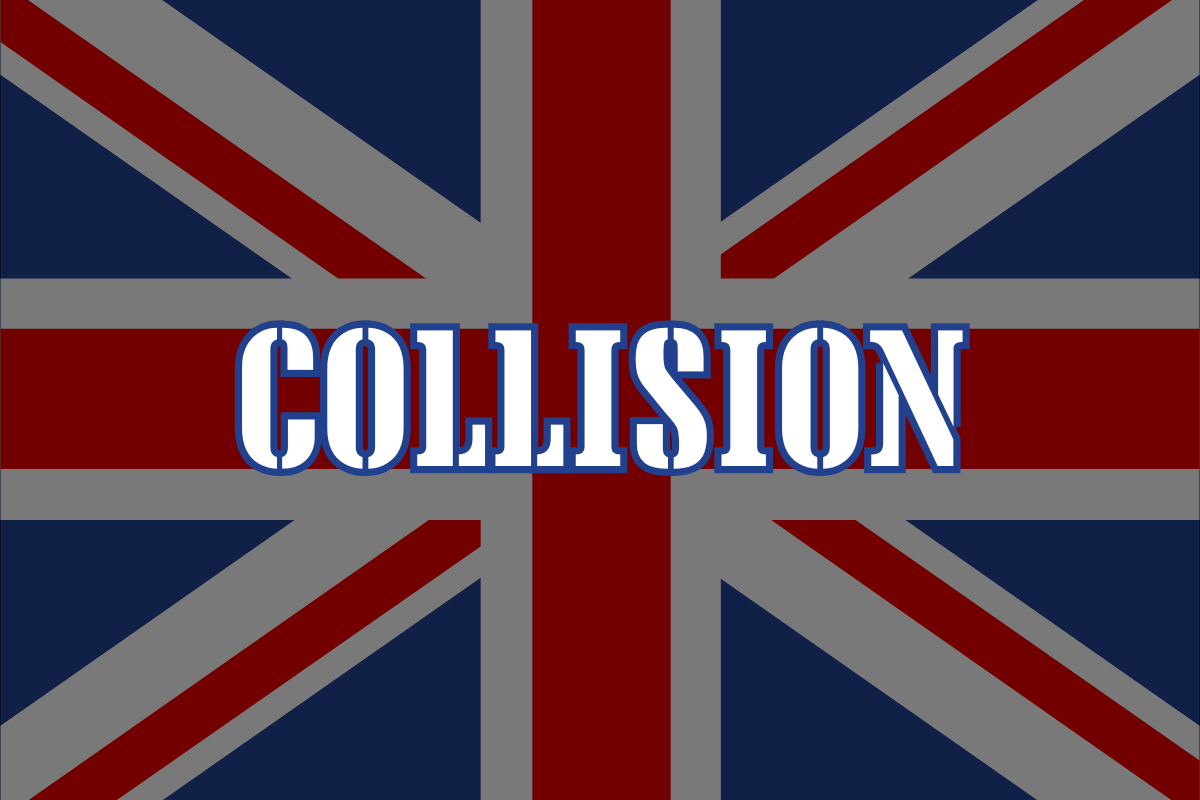
A “collision” is a formal term used to describe an event where two or more objects come into forceful contact, often resulting in damage.
In terms of car crashes, it refers to incidents where vehicles hit each other or another object.
The term implies a certain level of impact and can be used to describe both minor and major accidents.
Examples in sentences:
- “The collision between the two cars blocked the road for hours.”
- “Investigators are looking into what caused the train collision.”
- “There were no injuries reported from the collision at the intersection.”
- “The driver lost control, leading to a collision with a street lamp.”
- “Safety measures have been implemented to reduce the risk of collision.”
Head-on
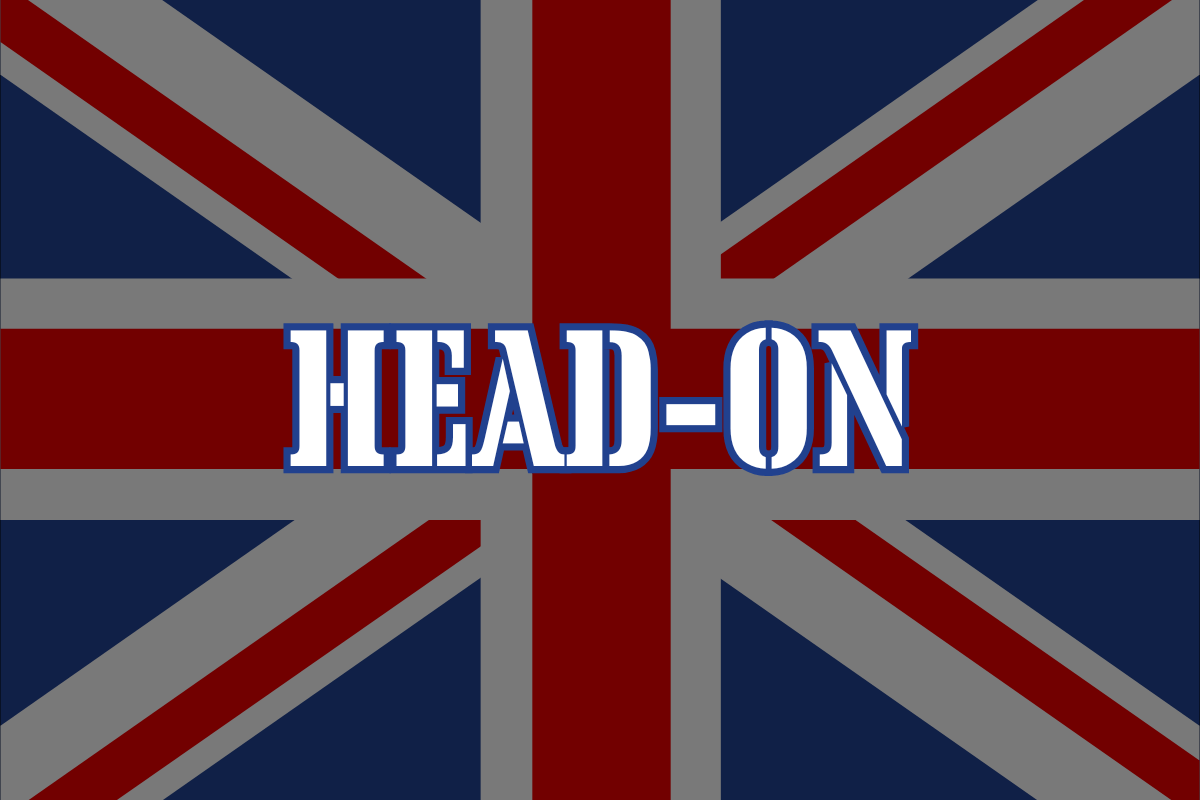
A “head-on” collision is one of the most dangerous types of car accidents, occurring when the front ends of two vehicles hit each other directly.
This type of crash often results in serious damage and injuries due to the force of impact being concentrated at the front of the vehicle, where drivers and passengers are located.
Examples in sentences:
- “The two cars collided head-on at high speed, causing major injuries.”
- “Avoiding a head-on collision requires alert driving and adherence to road rules.”
- “The head-on crash led to a lengthy closure of the main highway.”
- “Survivors of head-on collisions often face long recovery periods.”
- “Head-on impacts are particularly deadly due to the combined velocity of both vehicles.”
Knock
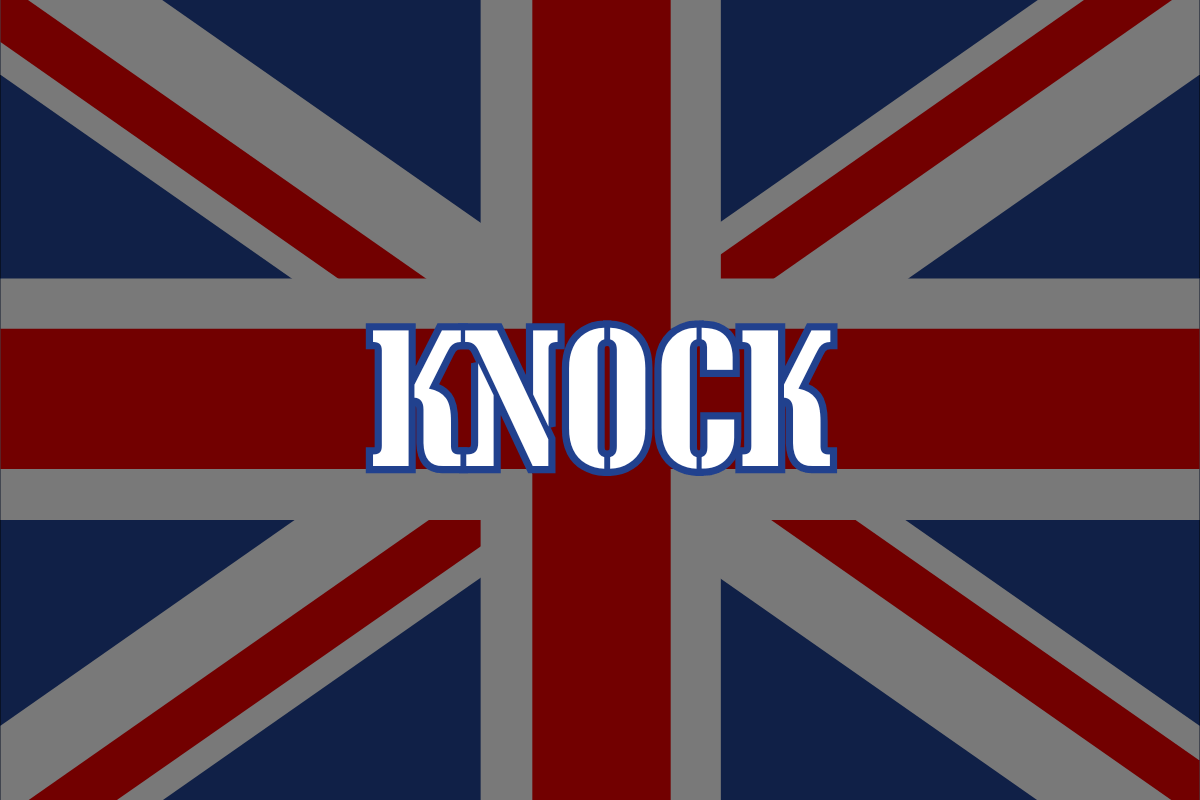
“Knock” is a term used to describe a light impact or collision, often one that happens at low speed and results in minimal damage.
It can refer to slight accidents where two cars come into contact without causing significant harm.
Examples in sentences:
- “I felt a knock against the rear of my car while waiting at the lights.”
- “There was a small knock as I reversed too close to the garage door.”
- “Hearing a knock, I jumped out to see if the other car was okay.”
- “It was just a minor knock, with no need to involve the insurance companies.”
- “After the knock, we both checked our vehicles for any damage.”
Pile-up
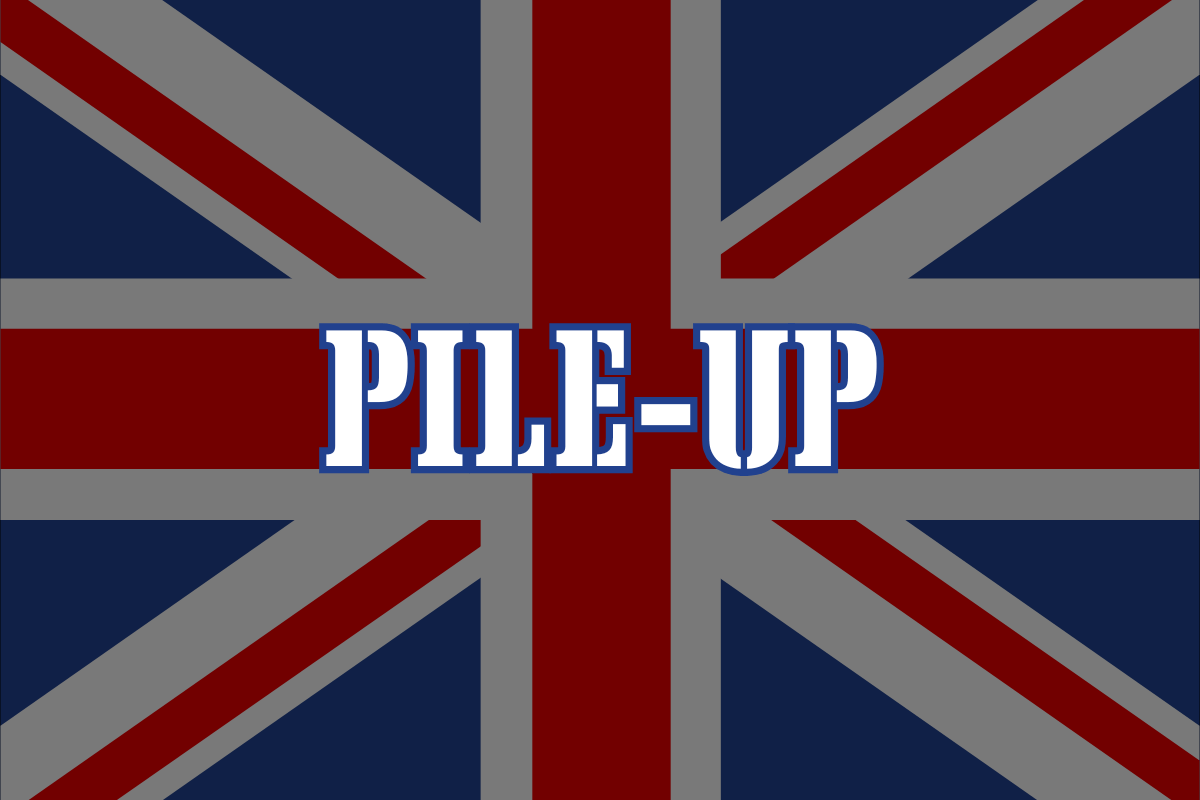
A “pile-up” refers to a car crash involving several vehicles, typically occurring on highways or at high speeds.
These accidents can start with a single collision that subsequently involves other vehicles, leading to a chain reaction of crashes.
Pile-ups are complex and often result in significant damage and injuries, complicating rescue and recovery efforts.
Examples in sentences:
- “Foggy conditions led to a massive pile-up on the interstate.”
- “Emergency services rushed to the scene of the pile-up involving over ten vehicles.”
- “The pile-up caused hours of traffic delays.”
- “Investigators are trying to determine the initial cause of the pile-up.”
- “Survivors of the pile-up recounted the chaos and confusion during the accident.”
Prang
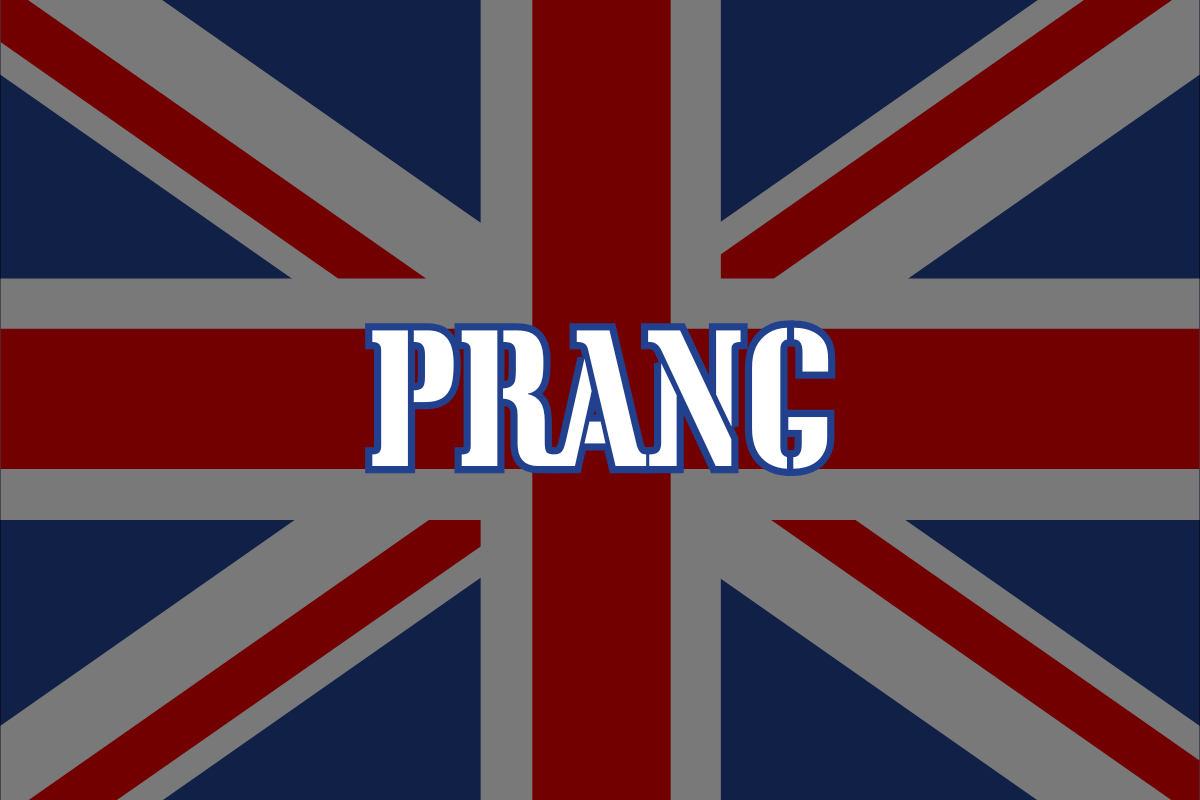
“Prang” is British slang for a minor car accident or crash.
It’s often used to describe situations where there is minimal damage and no serious injuries.
The term downplays the severity of the incident, suggesting it’s more of an inconvenience than a catastrophe.
Examples in sentences:
- “He had a small prang in the car park but there was hardly any damage.”
- “I pranged the rear bumper but it’s nothing serious.”
- “She was upset about her first prang but glad it wasn’t worse.”
- “After a minor prang, they exchanged insurance details just in case.”
- “The driving instructor explained how to avoid prangs by maintaining awareness.”
Rear-ended
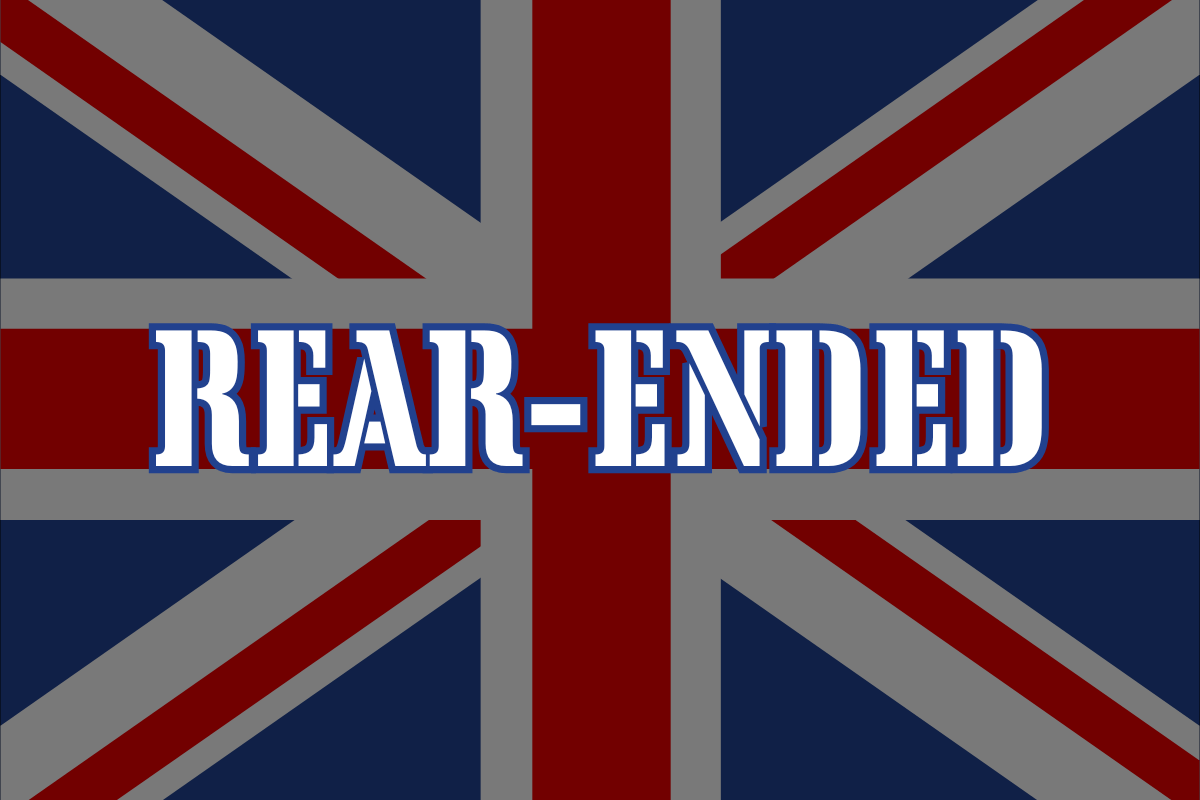
Being “rear-ended” refers to a type of car accident where one vehicle crashes into the back of another.
This can happen for various reasons, such as sudden stops, distracted driving, or following too closely.
Rear-end collisions range from minor bumps to serious crashes, depending on the speed at impact and other factors.
Examples in sentences:
- “She was rear-ended at the traffic light by a driver who wasn’t paying attention.”
- “The car was badly damaged when it got rear-ended on the motorway.”
- “To avoid being rear-ended, always signal your intentions early.”
- “The insurance company handled many claims for cars that were rear-ended.”
- “After being rear-ended, it’s important to check for whiplash symptoms.”
Scrape

“Scrape” usually refers to a light collision or brushing against another vehicle or object, resulting in minor cosmetic damage, such as scratches or scuffs.
It’s often used to describe those all-too-common parking mishaps or tight maneuvers gone slightly wrong.
Examples in sentences:
- “I got a little scrape on the bumper trying to squeeze into that tight parking spot.”
- “The car behind me gave me a scrape when pulling out of the driveway.”
- “Inspecting the car, I noticed a scrape along the side from where I’d brushed past the hedge.”
- “It was just a scrape, thankfully, with no serious damage done.”
- “We exchanged details after the scrape, but it was really nothing major.”
Shunt
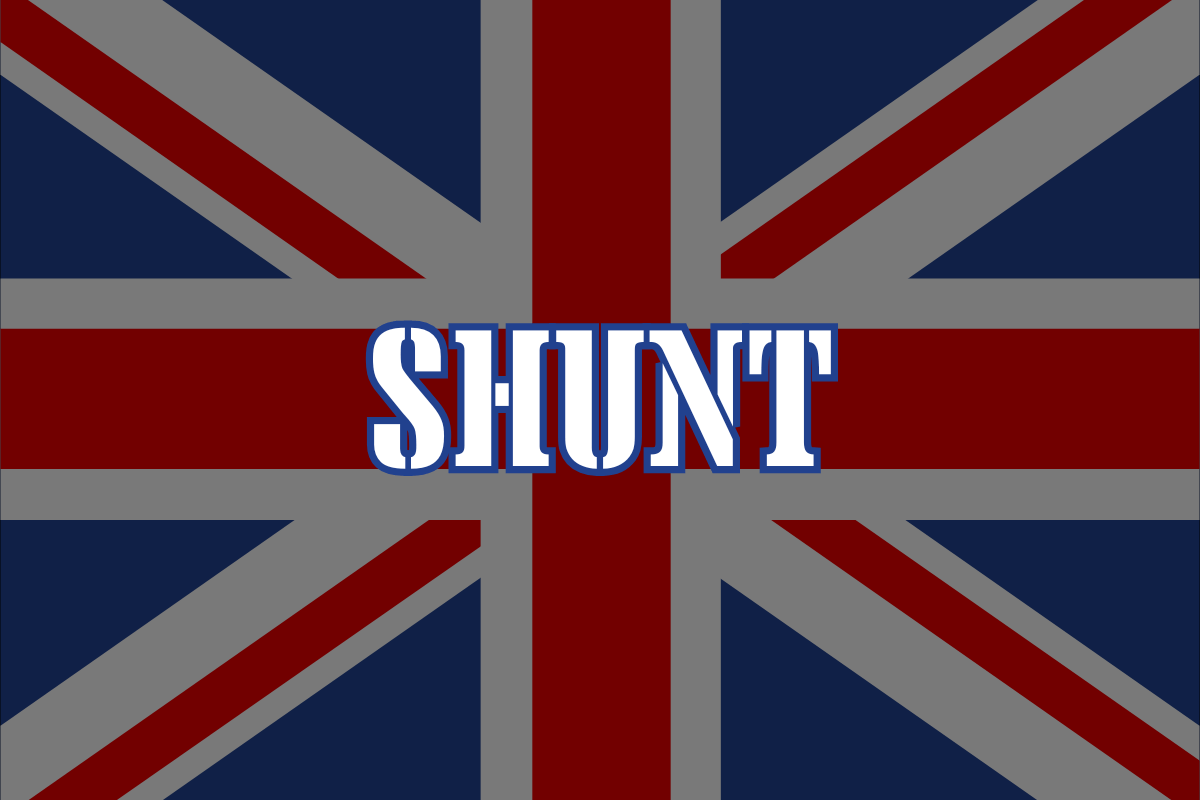
“Shunt” typically refers to a situation where one vehicle collides with the back of another, often in traffic or slow-moving conditions.
It implies a relatively low-speed impact but can still result in vehicle damage and sometimes injuries.
Examples in sentences:
- “The car received a minor shunt from a bus in the traffic jam.”
- “During the morning commute, her car was shunted by a distracted driver.”
- “A sudden stop led to a shunt, causing a chain reaction with several cars.”
- “He was found at fault for the shunt at the roundabout.”
- “After the shunt, they pulled over to assess the damage and exchange details.”
Side-swipe
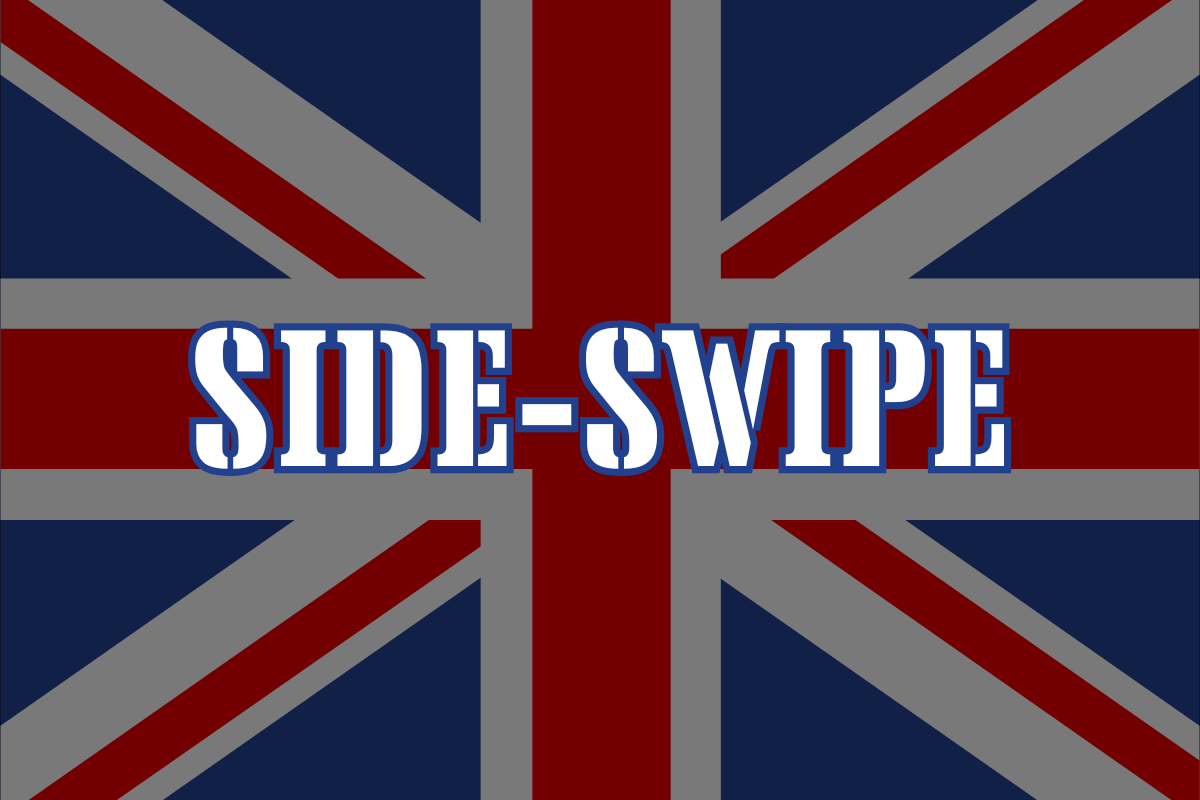
“Side-swipe” accidents occur when the side of one vehicle is hit by another, often as a result of merging lanes or not maintaining a proper lane.
These incidents can lead to significant damage, especially at high speeds, and pose risks to passenger safety.
Examples in sentences:
- “Her car was side-swiped by a truck that didn’t see her in the blind spot.”
- “Trying to avoid a side-swipe, he swerved and hit the curb instead.”
- “The side-swipe left a long scratch along the door of his new car.”
- “Investigators determined the cause of the accident was a side-swipe during a lane change.”
- “Despite the side-swipe, thankfully, no one was injured.”
Smash
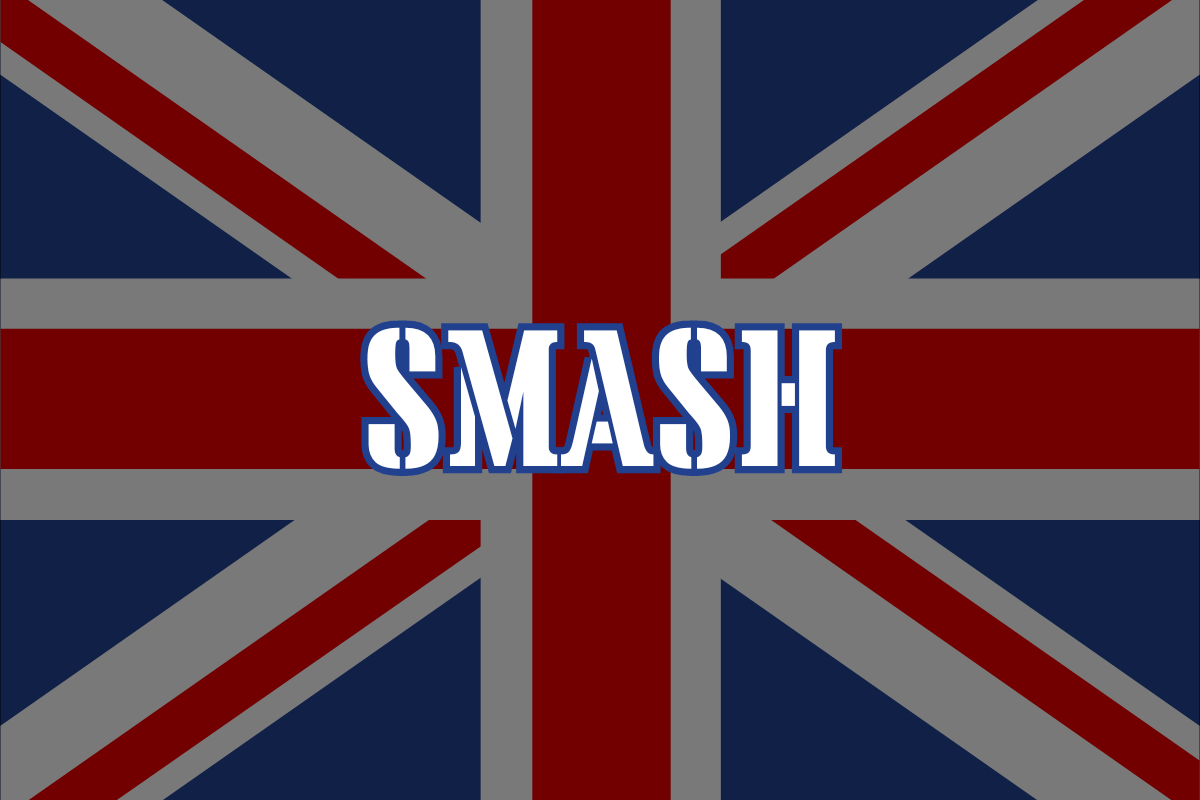
“Smash” is a broad term that can refer to any severe impact or collision, often implying significant damage and potential injuries.
It’s used to describe serious car accidents where the force of the impact is particularly destructive.
Examples in sentences:
- “The car was totaled in a high-speed smash on the motorway.”
- “Firefighters had to cut the driver out of the vehicle after the smash.”
- “Witnesses described hearing a loud bang at the time of the smash.”
- “The investigation into the cause of the deadly smash is ongoing.”
- “Survivors of the smash are being treated for various injuries.”
T-bone
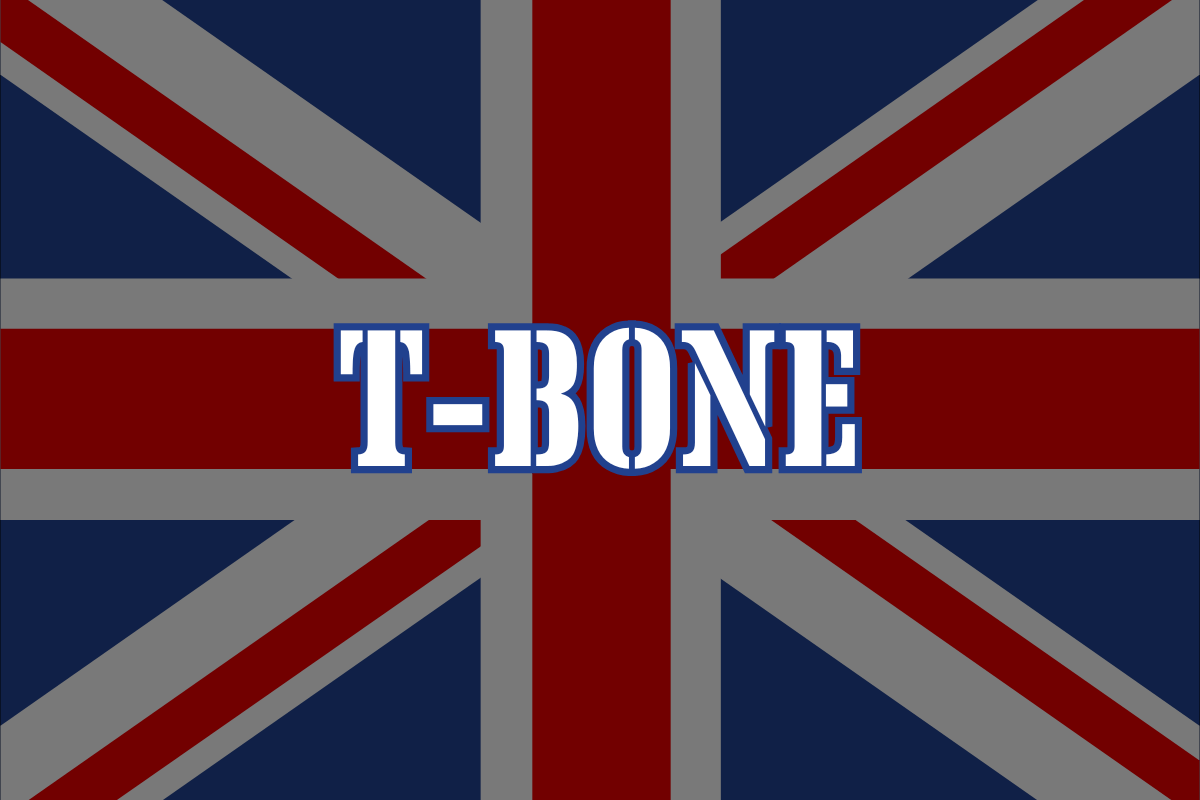
A “T-bone” accident, also known as a side-impact collision, occurs when the front of one vehicle collides with the side of another, forming a ‘T’ shape.
This type of crash is particularly dangerous due to the limited protection offered by the sides of vehicles.
Examples in sentences:
- “The driver ran a red light and T-boned another car in the intersection.”
- “T-bone crashes are among the deadliest due to the side impact.”
- “Safety features like side airbags can reduce injuries in T-bone accidents.”
- “The car was completely crushed in the T-bone collision.”
- “After being T-boned, the vehicle spun out of control.”
Write-off

A “write-off” refers to a vehicle so badly damaged in an accident that repairing it is not economically viable.
The term is used by insurance companies to indicate that the cost of repairs exceeds the value of the vehicle.
Examples in sentences:
- “After the crash, her car was declared a write-off by the insurance company.”
- “The impact was so severe that both vehicles were write-offs.”
- “He was relieved to find out his car wasn’t a write-off after the accident.”
- “Determining whether a car is a write-off involves assessing repair costs versus its value.”
- “The family’s only car was a write-off, leaving them without transportation.”

